Google Pixel 7 Pro: AI demonstrates 30x zoom
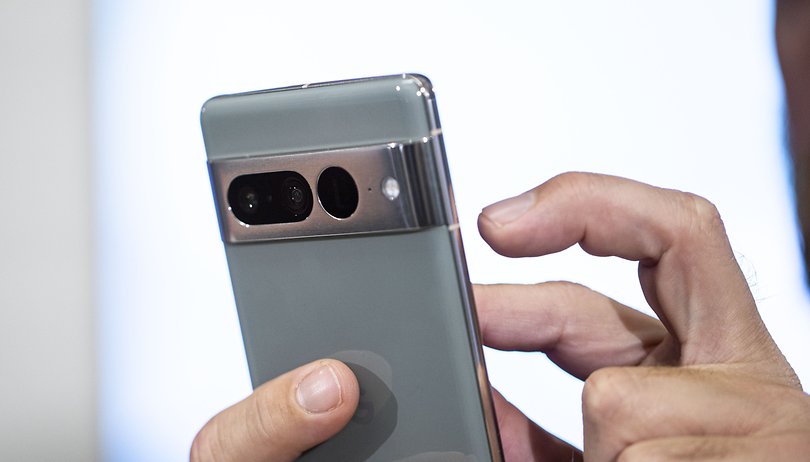

Read in other languages:
Google presented the Google Pixel 7 Pro among other devices last week in the Williamsburg district of New York. One of its major highlights was the 30x "super-resolution zoom" of the 48 MP telephoto camera. The results were based on artificial intelligence and was demonstrated by the company with impressive images of the One World Trade Center.
TL;DR
- The Google Pixel 7 Pro offers a "super-resolution zoom".
- Initial test photos show off the 30x zoom.
- Google uses a worse image sensor than the Pixel 6 Pro.
AI impresses with "super-resolution zoom" shots of the Google Pixel 7 Pro
The Google Pixel 7 Pro is now available for pre-order starting from $899 a pop. On board are the new Tensor G2 processor and a triple camera configuration. This year, the dominant camera bar across the entire width is once again its unique selling point when it comes to visual identity.
This combined with the artificial intelligence supported by the SoC (System on a Chip) enables the flagship model of the Pixel series to achieve photo results that make a DSLR camera unnecessary. At least, that's the opinion from Mountain View, during the "Made by Google" presentation last week.
"These are some of the last frontiers of smartphone photography, where phones have not been able to truly replicate the quality of a DSLR," said Alexander Schiffhauer, group product manager at Google.
It's clear that this is typical marketing hyperbole. However, the company now wants to demonstrate that this is not the case with impressive "super-resolution zoom" images of the One World Trade Center.
The triple camera configuration consists of a 1/1.3-inch 50 MP main camera with an aperture of f/1.85. The pixel size here stands at 1.2 microns. With a field of view of 82 degrees, this lens is able to store images up to 2x magnification without any loss. As with the Apple iPhone 14 Pro (Max), these are created as 12.5 MP shots and the crop is processed with artificial intelligence.
Furthermore, there is a 12 MP ultra-wide angle camera, whose field of view is 125.8 degrees and delivers an aperture of f/2.2. And our main player today is a 48 MP resolution telephoto zoom camera. With a field of view of 20.6 degrees, the pixel size is 0.7 microns (smaller than the Pixel 6 Pro) with an aperture of f/3.5. Crucially, though, it has 5x lossless and AI-assisted 30x "super-resolution zoom." Both the main and telephoto zoom cameras have optical image stabilization.
From a 20x zoom, the so-called Google "Zoom Fusion" technology comes into play. This produces a photo using data from all three cameras and top-secret machine-learning algorithms. We can see the results above and I must say, they are rather impressive in their own right.
More about the Google Pixel 7 and 7 Pro
- The Google Pixel 7 hands-on
- First impressions of the Pixel 7 Pro
- Google phones compared
- Mega Pixel bundles
What do you think of the zoom shots? Feel free to share your opinion with us in the comments.
Via: NotebookCheck Source: Google Fotos
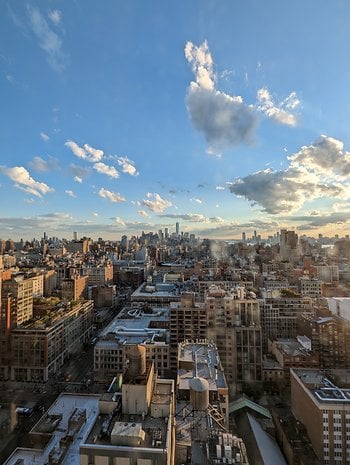
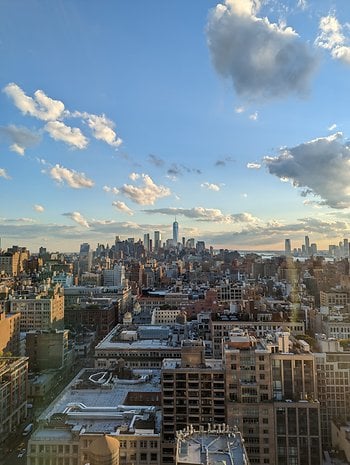
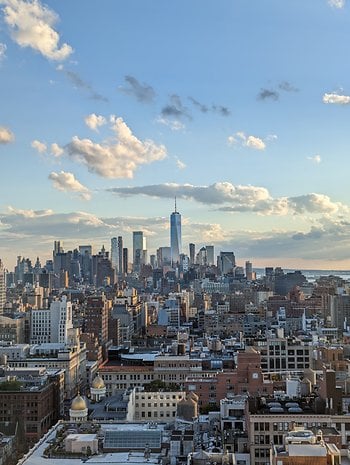
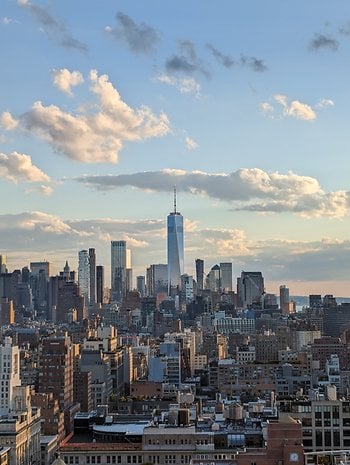
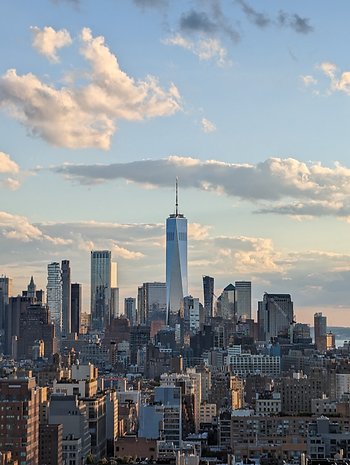
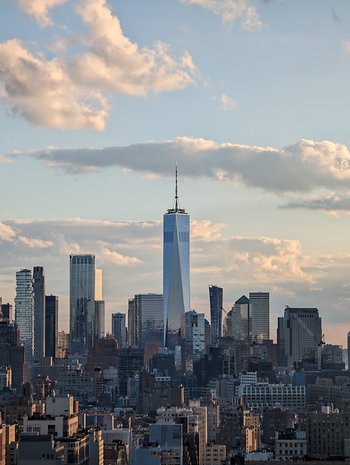
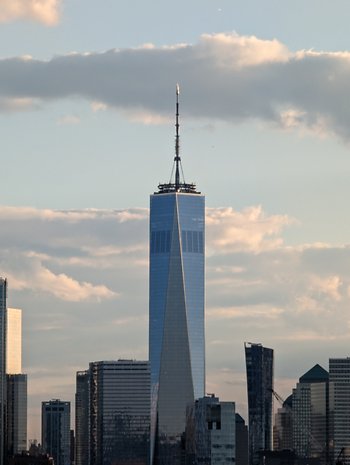

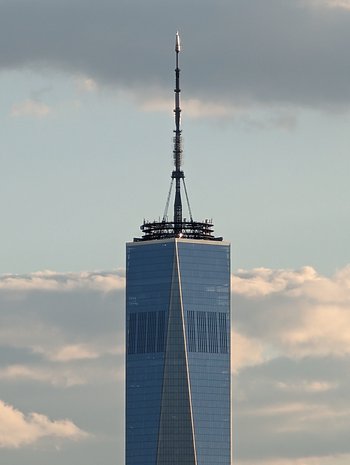
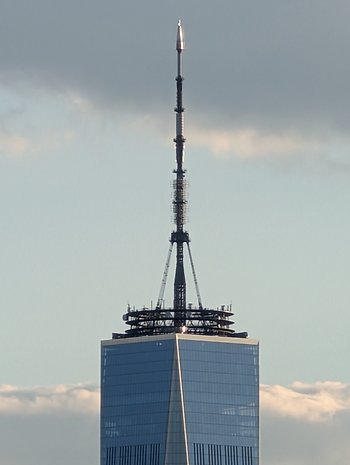



















Impressive. Did it need to be on a tripod for stability? How long was the exposure?
It's like the AI learned lens diffraction defects at max zoom.